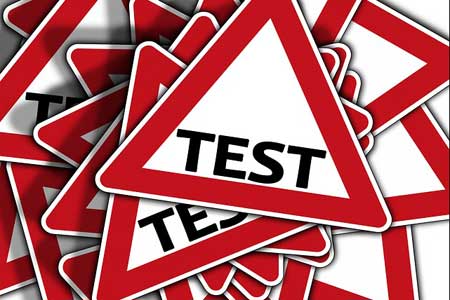The Assessment Challenge

In the "old days" – in England at any rate – teachers and other educators spoke of what a student knows, understands and can do. That mantra fell into disuse for a long time, but it seems to have been resurrected, at least as far as England's National Curriculum in Computing is concerned.
Regardless of which country you live in, or what subject you're teaching, those three concepts are well worth keeping in mind. It is very easy to become so caught up in test results, going gradeless, 21st century learning and assessment and a myriad other pressures that one ends up not being able to see the forest for the trees. Thinking: "What does this student know, what does she understand, and what can she do?" brings us right back to basics. It gets to the heart of why we do what we do in the first place.
Knowing, understanding and skill (ie the ability to "do") are different than each other. Crucially, ticking the box for one of them does not mean you can tick the boxes of either of the other two.
Let's take an example from the subject of education technology. I may know what a spreadsheet is. That does not necessarily mean I can set one up or use one properly. Or I may know how to set up a spreadsheet to solve a familiar problem, but a real understanding of spreadsheets would enable me to set one up to solve an unfamiliar problem.
This leads us on to another challenge. Many educators use Bloom's taxonomy, whether or not they realise it. However, the way Bloom's taxonomy is usually portrayed is in the form of a hierarchy, with Knowledge at the bottom, Application (or skill) in the middle, and Understanding (in the forms of Comprehension and Synthesis, or Evaluating and Creating, depending on which version of Bloom's you prefer), both near the bottom and near the top. However, once you acknowledge that you can do something without having a full understanding of what you're doing, or that you can know and understand something without being able to use your knowledge and understanding in any practical way, the familiar appearance of Bloom's taxonomy starts to look a little shaky.
There are ways around this issue, but by far the simplest is to be very clear and explicit about what you are attempting to assess at any one time. Thus you might say, "I am setting up this role-playing game so that the students have the opportunity to demonstrate their understanding of such and such a concept.".
Or, "I am giving the students a word puzzle in order to test their knowledge of the terminology we've been using.".
Tools and ideas to transform education. Sign up below.
Or, "I have given the students a problem to solve because I want to see what they can actually do."
It may be arduous having to think of three different ways to assess a particular topic, but by approaching assessment in this way means that you are being far more mindful about what exactly you're trying to find out.
Terry Freedman writes about assessment in Computing, and other topics, on his website ICT & Computing in Education, and his newsletter, Digital Education.
